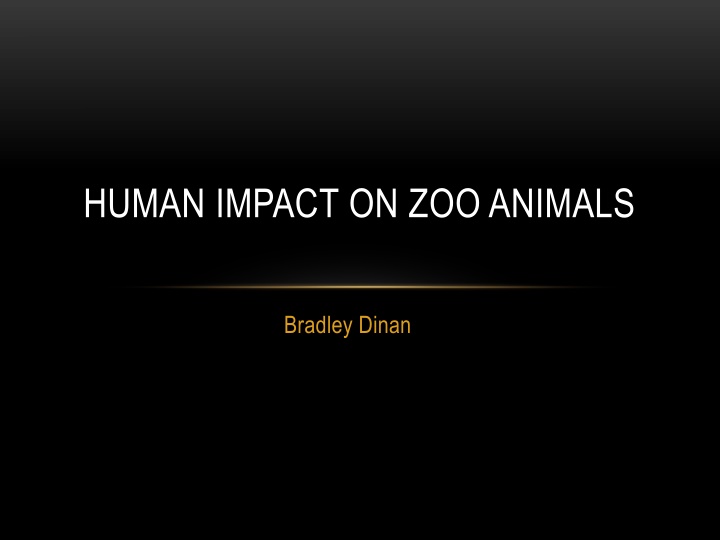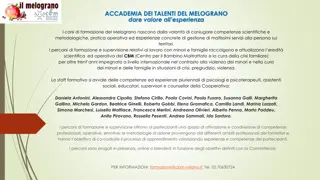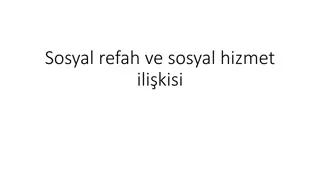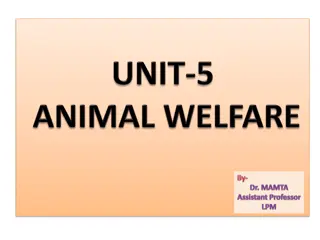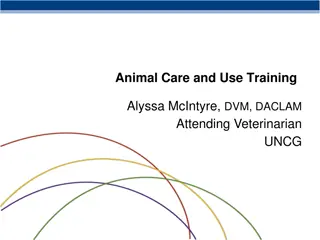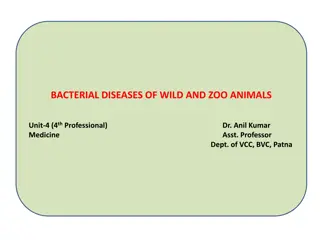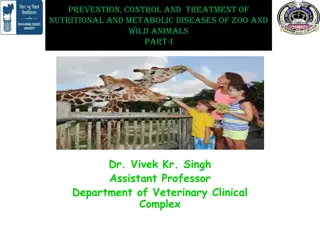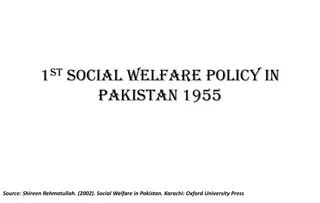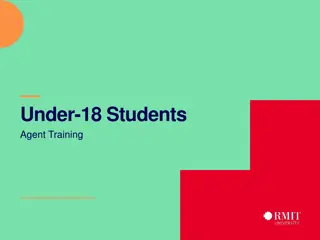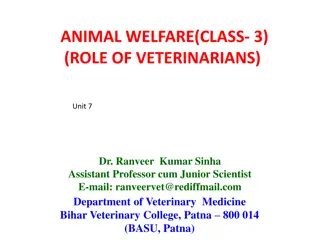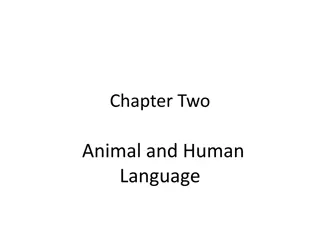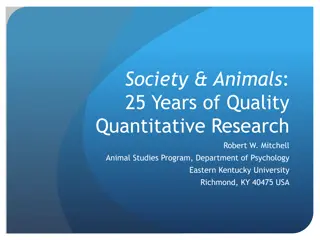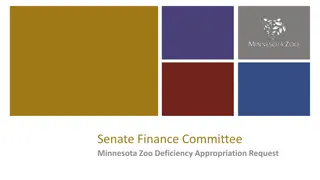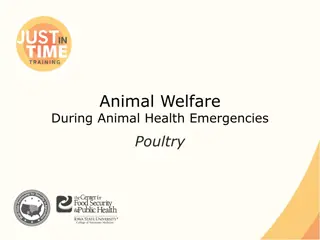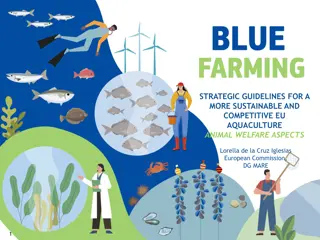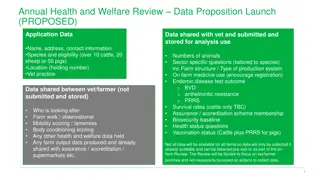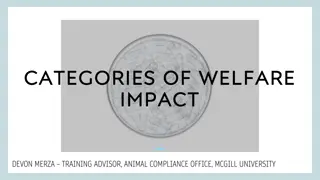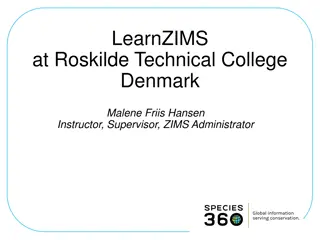Enhancing Zoo Animal Welfare: Practical Strategies for Positive Human Impact
Implementing one-way glass in zoo exhibits, feeding animals in various areas daily, and increasing exhibit sizes can improve the welfare of zoo animals. These practices promote natural behaviors, autonomy, and well-being, aiming to create environments that mimic the wild while prioritizing animal needs over visitor experiences.
Download Presentation

Please find below an Image/Link to download the presentation.
The content on the website is provided AS IS for your information and personal use only. It may not be sold, licensed, or shared on other websites without obtaining consent from the author.If you encounter any issues during the download, it is possible that the publisher has removed the file from their server.
You are allowed to download the files provided on this website for personal or commercial use, subject to the condition that they are used lawfully. All files are the property of their respective owners.
The content on the website is provided AS IS for your information and personal use only. It may not be sold, licensed, or shared on other websites without obtaining consent from the author.
E N D
Presentation Transcript
HUMAN IMPACT ON ZOO ANIMALS Bradley Dinan
Image result for zoo animals with people ONE-WAY GLASS All zoo exhibits should have one way glass Would not allow the animals to see the guests http://www.dw.com/image/19072839_404.jpg Limit the number of humans the animals interact with Don t see many people in their natural habitat Image result for zoo animals with people Image result for zoo animals with people https://a.travel-assets.com/findyours-php/viewfinder/images/re s60/50000/50529-Cologne-Zoo.jpg https://static.deathandtaxesmag.com/uploads/2013/09/Chessingto n-World-of-Adve-010-640x384.jpg
FEEDING ANIMALS Animals should be fed in different parts of their exhibits everyday Force the animals to have to find their food Can t hunt in exhibits Allows the animals to search for the food Makes them as independent as possible Image result for zoo animals feeding http://agebb.missouri.edu/news/pics/jj277h.jpg
LARGER EXHIBITS All zoo exhibits should be required to be 25% larger Would allow animals to roam in larger areas like they would in the wild Make the exhibits feel more like territories Less visitor friendly but animals should be top priority Image result for zoo exhibits Image result for zoo exhibits http://ww1.hdnux.com/photos/47/51/25/10392948/3/920x920.jpg http://img444.imageshack.us/img444/8425/dallaszoo62.jpg
WILD VS. CAPTIVITY Elephants Average Life Span 60 50 A g e I n Y e a r s 40 30 56 42 20 10 19 17 0 African in the Wild African in Captivity Asian in the Wild Asian in Captivity Type of Elephants https://news.nationalgeographic.com/news/2008/12/081211-zoo-elephants_2.html
